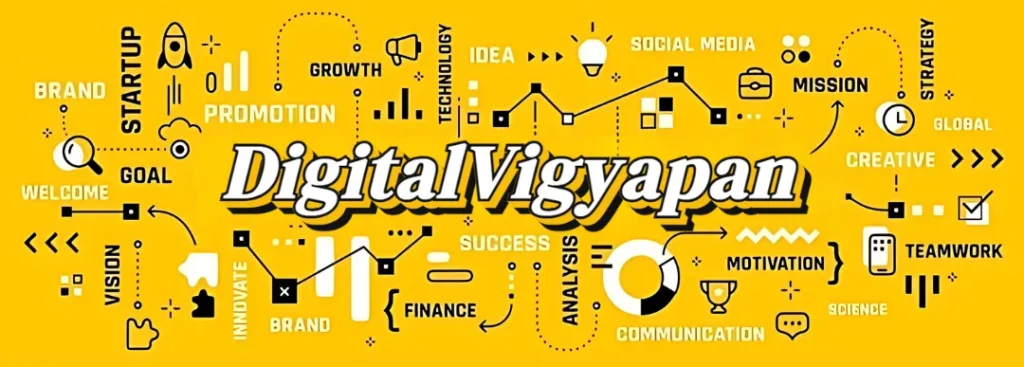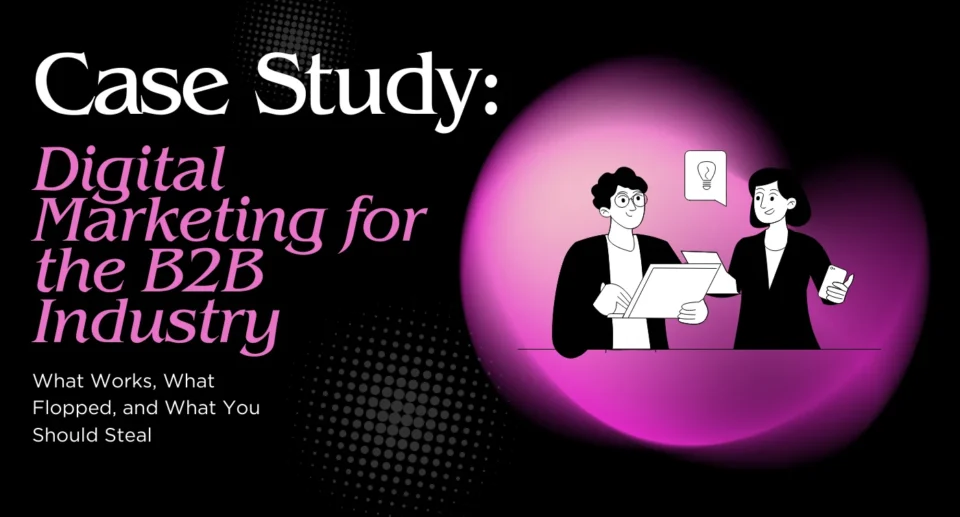What Are Paid Keywords and How Do They Work?
Jay Pathak
- April 24, 2025
- 5 Min Read

The No-Fluff Breakdown for Marketers Who Want Real Results
Let’s be honest: marketing in 2025 is chaos. Everyone’s running ads. Everyone’s bidding on the same keywords. Everyone’s fighting for that same tiny sliver of attention on Google.
But here’s the thing—most people have no idea how paid keywords actually work. They just throw money at Google Ads and pray. That’s not a strategy. That’s a gamble.
If you’re serious about growing your brand, product, or service online, it’s time to actually understand how paid keywords work—and how to use them without blowing your budget.
This isn’t a textbook explanation. This is straight from the field.
So… What the Hell Are Paid Keywords?
Let’s strip this down.
A paid keyword is basically a search term you pay to show up for.
Someone searches “best noise-canceling headphones”
→ You’ve told Google, “Hey, I’ll pay if someone clicks my ad when they search that.”
→ Your ad pops up at the top. If they click it, cha-ching, Google takes your money. That’s pay-per-click (PPC) advertising in a nutshell.
But here’s where it gets tricky:
You’re not the only brand bidding on that keyword. Your competitor down the street is doing the same. So now it’s a digital bidding war.
The Auction Behind the Curtain
This isn’t like eBay where the highest bidder always wins.
When you bid on a keyword, Google runs an auction in the background. But it doesn’t just look at who’s willing to pay the most—it looks at a few key things:
Your bid amount (obviously)
Your ad’s relevance (Does it match the keyword?)
Landing page quality (Does the page suck, or does it deliver?)
Your expected click-through rate (CTR)
Your ad’s overall “Quality Score”
If your ad is super relevant, your landing page is strong, and people are likely to click—you could pay less than a competitor and still get the top spot.
Think of it like this:
Google doesn’t just want your money—it wants to keep users happy. That means relevant ads always win, even if they’re not the highest-paying ones.
Where Strategy Comes In: Match Types
Now let’s talk targeting.
Google gives you four main ways to match your ad with what people type:
Broad Match
This is the widest net. If you bid on “running shoes,” your ad might show for “gym footwear,” “sneakers,” or even “track spikes.”
Pros: More reach
Cons: Lots of wasted clicks if you’re not careful
Phrase Match
Your ad shows when the search includes your phrase—like “best running shoes for beginners.”
It’s more focused than broad, but still gives you some room to catch variations.
Exact Match
Only shows your ad when people search the exact phrase (or super close variants). So if you’re bidding on [running shoes], you won’t show for “gym sneakers.”
Best for when you want pure intent.
Negative Keywords
These are the searches you don’t want to show up for. Selling high-end bags? Add “cheap” or “budget” as negative keywords.
This one’s a lifesaver. Use it or waste cash—your call.
Choosing the Right Keywords: Where Most People Screw Up
This is the part that separates rookies from marketers who know what they’re doing.
Don’t chase keywords just because they have a lot of searches. That’s like trying to swim in shark-infested waters just because the waves look cool.
Ask these questions instead:
Is the person searching this ready to buy—or just browsing?
How much is this click actually worth to me?
Can I compete with the brands already bidding here?
Here’s a real example:
Keyword: “iPhone 15”
– Tons of searches
– Crazy expensive
– Super broad intent (could be looking for reviews, specs, unboxings…)
But now look at:
Keyword: “buy iPhone 15 with EMI online”
– Less volume
– Way higher intent
– Easier to convert
– Less competition
Long-tail keywords = your best friend.
What Happens After the Click? (Spoiler: This Part Matters More Than You Think)
Getting someone to click is one thing. But if they land on a garbage page, all that money? Gone.
Let’s say your ad promises “Free Shipping on Vegan Protein Powder.”
Your landing page better scream that offer in the first 3 seconds.
No distractions. No 20-second loading time. No weird pop-ups. Just clean visuals, fast value, and a damn good call-to-action.
Here’s what a solid landing page should include:
A headline that matches the ad
Product images or explainer videos.
Benefits (not just features)
Reviews, testimonials, or social proof
One clear button that says what to do next
You paid for the click. Now earn the conversion.
Tracking the Right Numbers (Because Clicks Alone Don’t Pay the Bills)
If you’re only tracking clicks, you’re flying blind. Here’s what you should be watching:
CTR (Click-Through Rate): Is your ad getting attention?
CPC (Cost Per Click): Are you paying too much for each visitor?
Conversion Rate: Are those clicks turning into sales, leads, or actions?
Quality Score: Google’s way of saying how good your ad setup is
ROAS (Return on Ad Spend): For every ₹1 you spend, how much are you making?
And please—set up conversion tracking in Google Ads. I’ve seen too many people running ads without tracking actual results. That’s not advertising. That’s donating money to Google.
Final Thoughts: Paid Keywords Are a Tool. Use Them With Intent.
Listen—paid keywords can get your brand to the top of Google. Fast.
But speed without strategy is a crash waiting to happen.
If you treat paid keywords like a slot machine, you’ll lose. But if you treat them like a business tool—with testing, data, and real customer understanding—you’ll win. Over and over again.
So no, paid keywords aren’t magic. They’re not cheap. And they’re definitely not passive.
But when used right?
They can bring you traffic, leads, and customers who are ready to buy right now.






